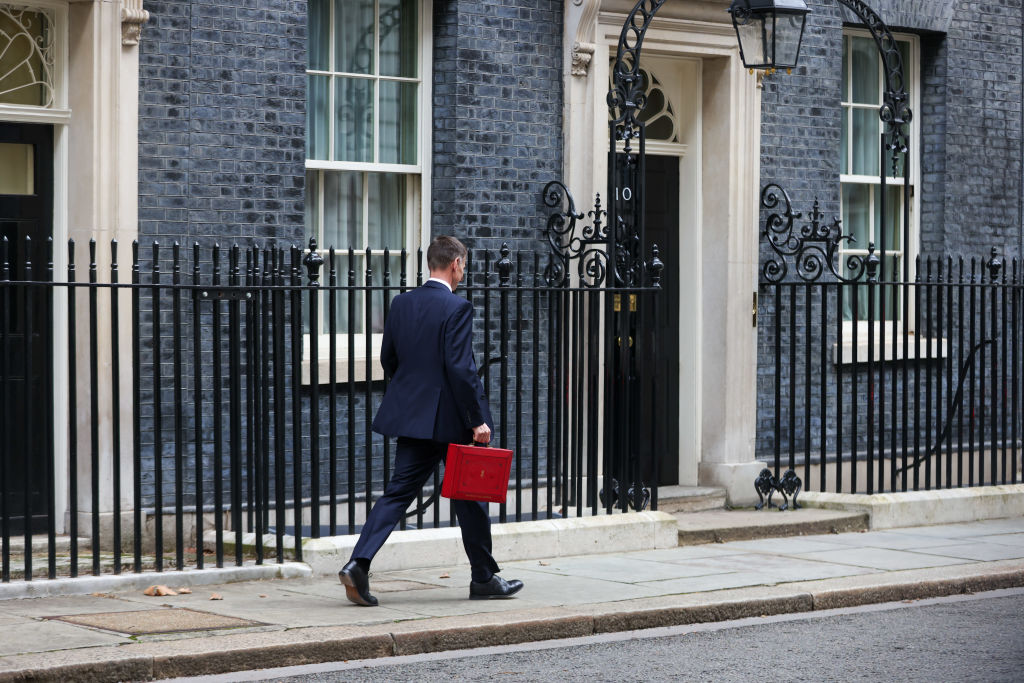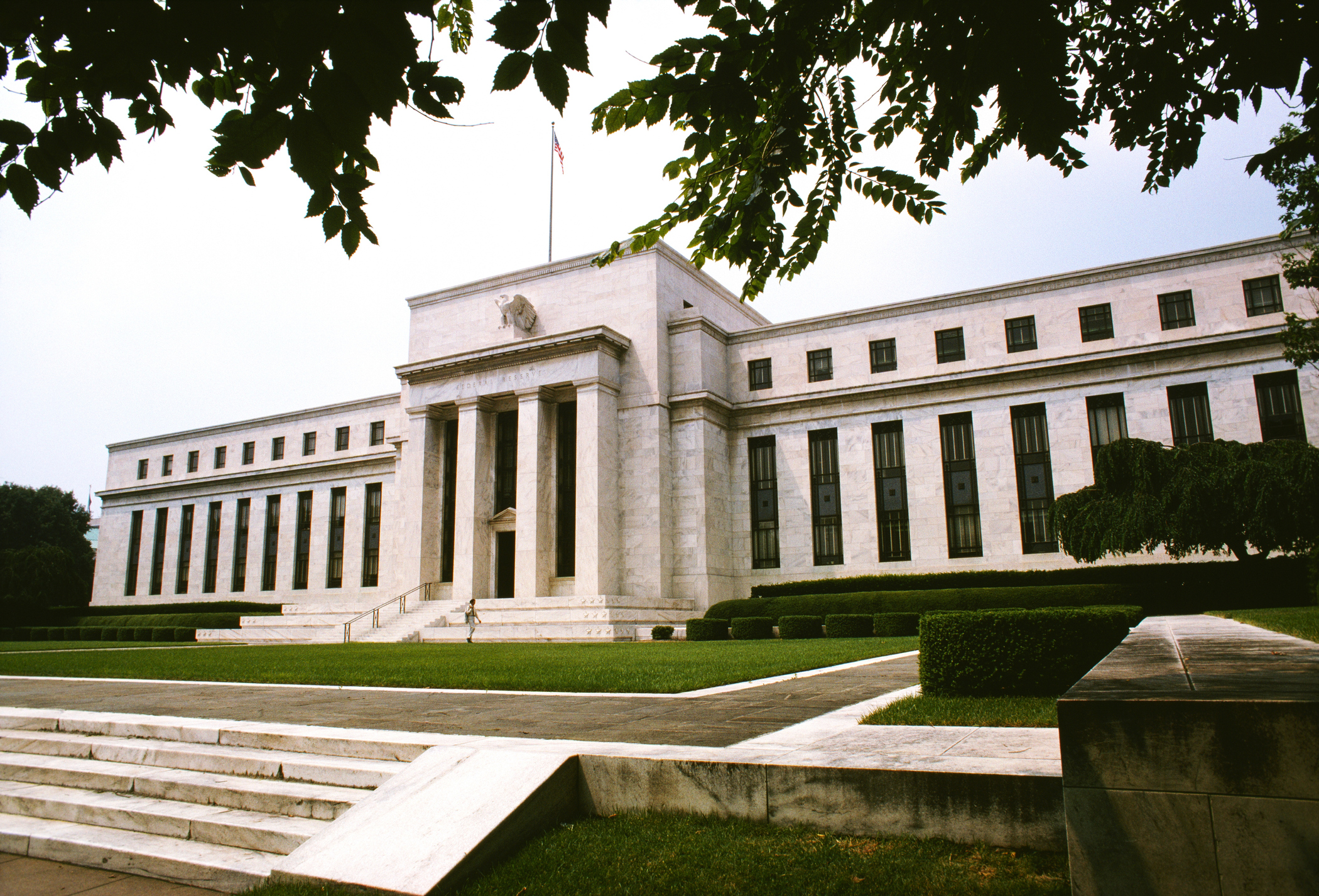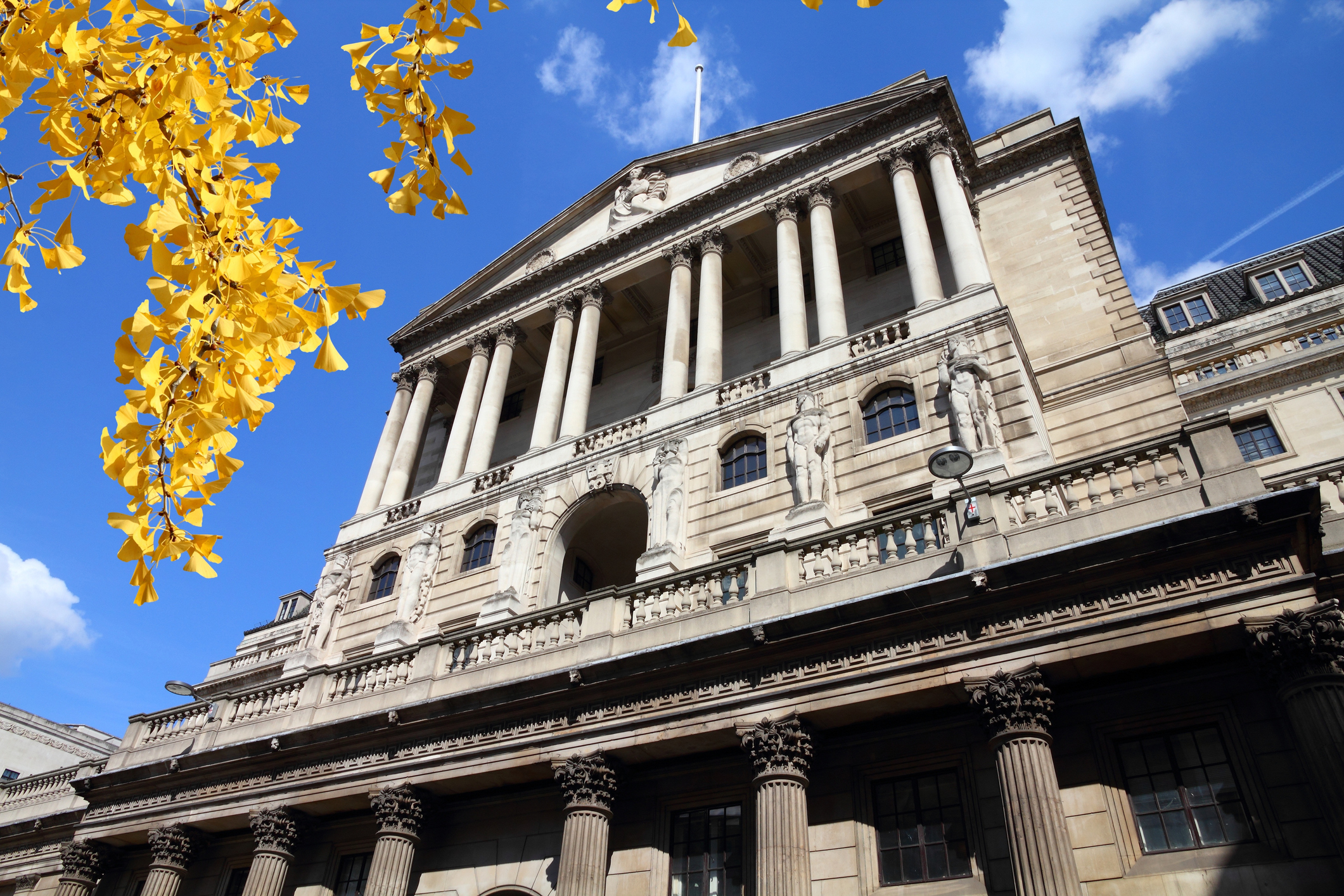The market is starting to wake up to inflation risk – here’s why that matters
The distinct possibility that our standard of living may be about to drop is weighing on the minds of investors. John Stepek explains what that means for your wealth.


This morning I want to talk about inflation.
It’s something most investors really haven’t had to consider for a very long time.
I think that’s about to change. And I suspect that this change will be among the most significant shifts in financial markets that any of us have seen in our investing lifetimes.
MoneyWeek
Subscribe to MoneyWeek today and get your first six magazine issues absolutely FREE

Sign up to Money Morning
Don't miss the latest investment and personal finances news, market analysis, plus money-saving tips with our free twice-daily newsletter
Don't miss the latest investment and personal finances news, market analysis, plus money-saving tips with our free twice-daily newsletter
So why now? And what can you do about it?
What is inflation anyway?
Inflation is a tricky old subject to think about. It means many different things to many different people, depending on whether you are a central banker, an academic, an institutional investor, or a pensioner, or a teenager, or a middle-aged financial writer.
So let’s start by thinking about why inflation really matters.
If the price of the things that you need or want goes up faster than the income you have available to buy them, then your standard of living will fall.
That’s it. It’s that simple. You can define inflation as an increase in the money supply if you really want to. But if that doesn’t translate into a falling standard of living for you as an individual, then who cares?
Inflation is when my cost of living goes up. Inflation becomes a problem when my cost of living goes up faster than my income.
When I am investing for my future retirement, my main worries are a) can I grow a pot big enough to live on in comfort for the rest of my non-working life?; and b) how do I hedge against a rise in prices maybe two decades from now which makes my apparently sufficient nest-egg look laughably inadequate?
So it’s that simple. Of course, the devil is then in the details.
How do you measure an average cost of living across an entire country? How do you take soaring house prices into account? What do you do about quality improvements (eg, where your phone is a hundred times better than one ten years ago)? What do you do about deterioration (eg, shrink-flation – where your chocolate bar is half the size and twice the price)? And all the rest of it.
But that’s for the statisticians to debate.
So the reason inflation matters is that it erodes away the value of money in the future. That means you have to take steps to protect yourself.
The thing is, right now, markets don’t appear to be all that worried about inflation. So why should you be?
Markets expect more inflation, but they’re also still happy to hold money-losing bonds
One important (if slightly obscure) financial number in the US hit a fresh record yesterday, notes John Authers in his morning newsletter for Bloomberg.
The “real” yield on the ten-year US Treasury fell below negative 0.9%, briefly falling below its last all-time low (which came in December 2012 – this isn’t a very long data series though).
What’s the “real” yield? It’s just the nominal yield (which is currently less than 0.6%), adjusted for what markets expect inflation to come in at over that period. Markets expect inflation to come in at about 1.5%. Hence the real yield is around negative 0.9%.
In other words, if you lend money to the US government for ten years, and inflation is in line with market expectations, the money you get back will be worth less than the money you loaned out in the first place, to the tune of just under 1% a year.
Now bear in mind that since this data series began (it only stretches back to 2003), the average of ten-year breakeven is around 2% (which makes sense, given that it’s the Federal Reserve’s target). So inflation expectations are below average right now.
Yet they are rising, and at the same time, nominal yields are falling.
That doesn’t appear to make a lot of sense. If investors expect inflation to go up, that’s bad news for bonds. After all, it means you’re going to lose money on anything that pays a fixed income.
So what’s going on here?
I think it’s all about “financial repression”. Financial repression is where central banks or governments (and it’s really the same thing now) hold down interest rates and allow or encourage inflation to rise.
The goal is to erode away debt, both public and private. In effect, you repay your debts with devalued money. It’s less politically and systemically tricky than an outright default. The hard bit is making sure that inflation rises and that any bond yield spikes along the way are stamped on.
But when your central bank is talking about letting inflation go above 2% to make up for all the years that it was below that level (as the Fed is doing now), and it also has the power to buy as much government debt as it wants (as they all do), that shouldn’t be an insuperable challenge. And it looks as though markets are realising that.
What investors can do about financial repression
The point of financial repression is that it is hostile to savers. Inflation is being actively encouraged rather than fought. So what are the implications for investors?
Russell Napier, one of our favourite analysts, and the go-to source on financial repression, has an interesting interview with Swiss investment website The Market. Russell expects to see inflation in the US and most of the developed world at 4% by 2021.
Russell also makes the point, by the way, that it won’t be central banks that cap bond yields. Instead, it will be governments forcing savings institutions to buy government bonds that will do it. Either way, rates are held down.
We’re seeing some of the implications play out in markets right now. Why do you think gold and silver prices have taken off? If inflation goes up, but interest rates stay very low or near zero, then precious metals are appealing. The fact that they don’t yield anything no longer matters, while gold’s long history of retaining its value (silver is a bit more sketchy on this front) makes it very attractive.
It’s not all bad news. As Russell puts it: “A bit more inflation and more nominal growth is a good environment for equities. I particularly like Japanese equities.”
In the longer run, of course, inflation rising above 4% tends not to be so enjoyable for equities. But we’re not there yet. So the “melt-up” scenario still appears to be intact, despite – or ironically, perhaps, because of – Covid-19.
On that note, we’ll be taking another look at Japan in an upcoming issue of MoneyWeek magazine. If you haven’t already subscribed, get your first six issues free here.
Get the latest financial news, insights and expert analysis from our award-winning MoneyWeek team, to help you understand what really matters when it comes to your finances.
John Stepek is a senior reporter at Bloomberg News and a former editor of MoneyWeek magazine. He graduated from Strathclyde University with a degree in psychology in 1996 and has always been fascinated by the gap between the way the market works in theory and the way it works in practice, and by how our deep-rooted instincts work against our best interests as investors.
He started out in journalism by writing articles about the specific business challenges facing family firms. In 2003, he took a job on the finance desk of Teletext, where he spent two years covering the markets and breaking financial news.
His work has been published in Families in Business, Shares magazine, Spear's Magazine, The Sunday Times, and The Spectator among others. He has also appeared as an expert commentator on BBC Radio 4's Today programme, BBC Radio Scotland, Newsnight, Daily Politics and Bloomberg. His first book, on contrarian investing, The Sceptical Investor, was released in March 2019. You can follow John on Twitter at @john_stepek.
-
 Autumn Budget tax changes: how is your generation affected?
Autumn Budget tax changes: how is your generation affected?The chancellor expects everyone to do their bit to boost the nation's finances but the tax burden is by no means shared equally
-
 Revealed: pension savers ditch investment trusts and favour passive funds
Revealed: pension savers ditch investment trusts and favour passive fundsDemand for investment trusts is cooling among self-invested personal pension (Sipp) customers, who are increasingly choosing money market funds, passive funds and individual shares
-
 What's behind the big shift in Japanese government bonds?
What's behind the big shift in Japanese government bonds?Rising long-term Japanese government bond yields point to growing nervousness about the future – and not just inflation
-
 UK wages grow at a record pace
UK wages grow at a record paceThe latest UK wages data will add pressure on the BoE to push interest rates even higher.
-
 Trapped in a time of zombie government
Trapped in a time of zombie governmentIt’s not just companies that are eking out an existence, says Max King. The state is in the twilight zone too.
-
 America is in deep denial over debt
America is in deep denial over debtThe downgrade in America’s credit rating was much criticised by the US government, says Alex Rankine. But was it a long time coming?
-
 UK economy avoids stagnation with surprise growth
UK economy avoids stagnation with surprise growthGross domestic product increased by 0.2% in the second quarter and by 0.5% in June
-
 Bank of England raises interest rates to 5.25%
Bank of England raises interest rates to 5.25%The Bank has hiked rates from 5% to 5.25%, marking the 14th increase in a row. We explain what it means for savers and homeowners - and whether more rate rises are on the horizon
-
 UK inflation remains at 8.7% ‒ what it means for your money
UK inflation remains at 8.7% ‒ what it means for your moneyInflation was unmoved at 8.7% in the 12 months to May. What does this ‘sticky’ rate of inflation mean for your money?
-
 Would a food price cap actually work?
Would a food price cap actually work?Analysis The government is discussing plans to cap the prices of essentials. But could this intervention do more harm than good?
